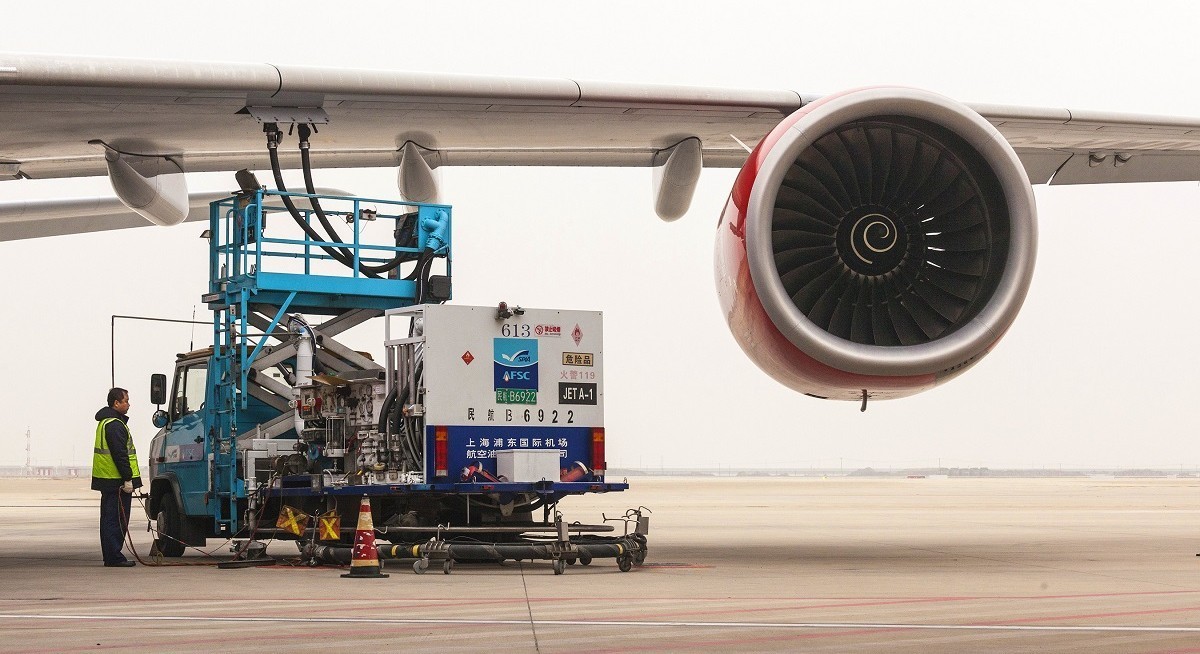Revenue for the six months ended June 30 increased by 13.6% y-o-y to US$8.56 billion due to higher business volumes. At the same time, gross profit grew by 25.7% y-o-y to US$30.4 million mainly due to higher profits from CAO’s jet fuel supply business. The business itself saw higher supply volumes and higher optimisation gain from trading activities, said the company in its results announcement released on Aug 14.
Share of results from associates for the 1HFY2025 also rose by 18.58% y-o-y to US$27.4 million mainly due to higher contributions from Shanghai Pudong International Airport (SPIA) and Oilhub Korea Yeosu Co., Ltd (OKYC). SPIA’s contributions were up 13.9% y-o-y to US$25.5 million, notes Liu. Aside from SPIA, share of results from other associates surged by 156% y-o-y to US$1.95 million, due mainly to higher contributions from OKYC.
To Liu, increasing contribution from SPIA is a plus, with passenger traffic for the 6M2025 up by 6% y-o-y to 371.68 million, surpassing pre-Covid-19 levels by 5%. Passengers on international routes surged by 24.7% y-o-y to 42.85 million while international visitor arrivals rose by 29% y-o-y in June.
The analyst says she expects higher arrivals from 2H2025 due to increasing inbound demand as the renminbi (RMB) depreciates against major global currencies like the US dollar (USD) and British pound (GBP).
See also: SAC Capital initiates coverage on Reclaims Global with ‘buy’ call and target price of 49.7 cents
To this end, she expects SPIA to bring in a full-year contribution of US$50.8 million, 77% of its FY2019 levels and contributing to CAO’s FY2025 patmi.
Liu is also positive on the increasing trading volume with higher margins.
In the 1H2025, trading volume was up by 35.4% y-o-y to 13.77 million metric tonnes (MT), driven by robust jet fuel demand.
See also: JP Morgan increases DBS’s TP to $70; upgrades OCBC and SGX to ‘overweight’ and UOB to ‘neutral’
“CAO is capitalising on China’s oversupply by reselling at higher prices to markets such as Europe and the rest of Asia,” Liu notes.
“Gross profit margin improved marginally by 0.03 percentage points to 0.35%, supported by increased SAF (or sustainable aviation fuel) trading, which currently accounts for a low single-digit share of total trading volume,” she adds.
With this, the analyst expects margins to expand in 2HFY2025 as CAO deepens its presence in SAF segment, which typically yields higher margins of three times to five times compared to conventional jet fuel.
In FY2026 and FY2027, Liu has raised her patmi forecasts by 5.7% and 4.8% to US$85 million and US$88 million respectively, which reflects stronger-than-expected growth in jet fuel demand and associate profits.
“CAO maintains a net cash position of US$515 million, representing 66% of its total market cap,” she says.
While there were no negatives, the underutilisation of cash and lower trading volumes in 2H2025 were highlighted as key downside risks.
As at 4.22pm, shares in CAO are trading 3 cents lower or 2.44% down at $1.20 on Aug 18.




